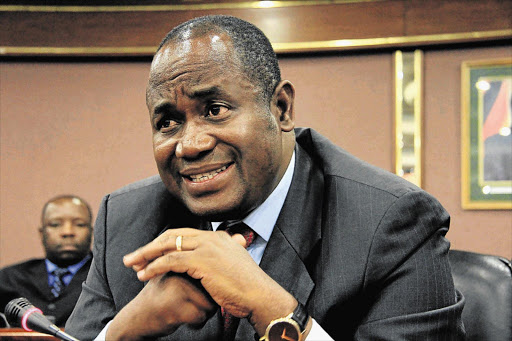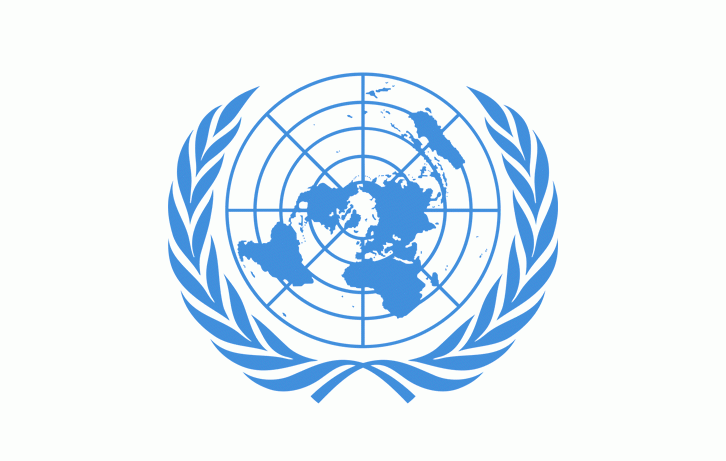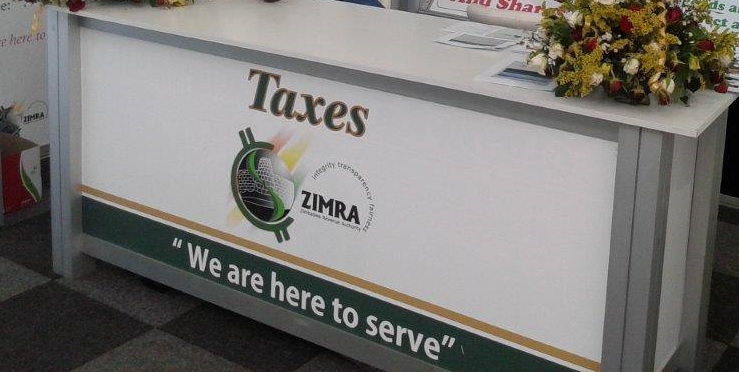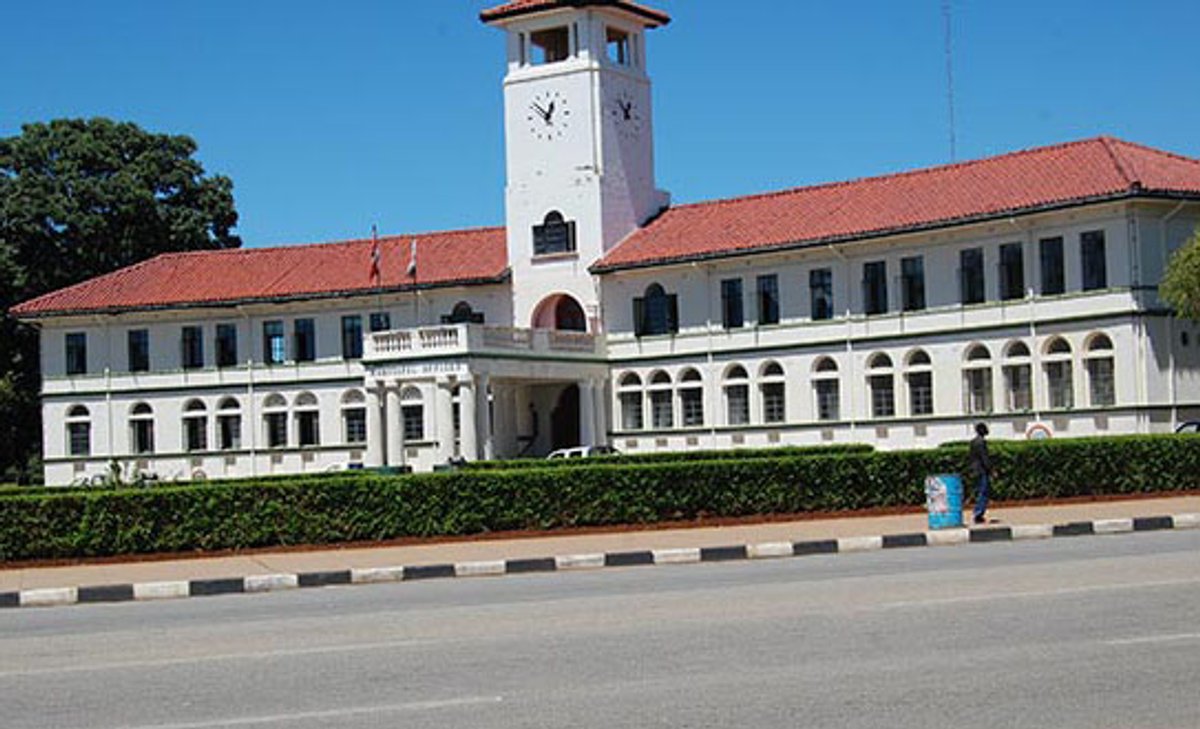Zimbabwe's skylines are rising. New suburbs, office parks, and shopping complexes are sprouting across the country as property developers ride a wave of diaspora remittances and a flight to hard assets in an inflation-ravaged economy.
Yet, curiously, the companies that should be cashing in — producers of bricks, cement, and construction materials — are instead sinking deeper into financial distress.
This paradox is stark.
Developers thrive, suppliers dive
Willdale, the listed brickmaker, reported a 30% slump in sales volumes and a 48% revenue drop, despite buoyant construction demand. Average prices fell 26% amid cutthroat competition, driving the firm to a US$2 million loss.
Turnall Holdings, another key supplier, posted a US$3 million loss in 2024, with turnover down 4% and gross margins slipping from 23% to 19%. Its Q1 2025 results showed an 18% fall in volumes.
Khayah Cement (formerly Lafarge) is under corporate rescue, citing imported cement competition, equipment breakdowns, and soaring costs. Brickmaker Beta Bricks is in the same boat, unable to service US$10 million in loans.
By contrast, PPC Zimbabwe stands out as the rare survivor, paying a US$13 million dividend, sitting debt-free, and holding US$10 million in cash.
The "scissor effect"
The divergence comes down to structural mismatches. Developers deal almost entirely in hard currency cash. Land, contracts, and sales are dollarised, providing a natural hedge against inflation.
Suppliers, however, are trapped in Zimbabwe's dual-currency system. Many sales — especially to government — are in volatile ZWG. Meanwhile, inputs like clinker, fuel, and machinery are imported in US dollars. The result is crushing margin compression.
Delayed government payments worsen the squeeze. Masimba Holdings has already cut back on state projects, shifting 92% of its order book to the private sector.
Energy and capital squeeze
Power shortages are another Achilles' heel. Cement kilns need continuous 1,450°C heat, and restarts after outages can cost US$50,000 per incident. Brick firing cycles collapse under load shedding, raising defect rates. Generators add up to 60% to costs.
Financing is equally brutal. Interest rates of 15–25% choke working capital. Equity markets are thin, and corporate bond markets non-existent. Developers bypass this dysfunction via remittances and offshore funds. Suppliers cannot.
A global pattern
Zimbabwe's paradox is not unique. In Nigeria (2014–17), oil-fuelled liquidity drove property booms in Lagos and Abuja, even as local cement firms floundered. Nairobi's diaspora-driven property surge coincided with the collapse of Athi River Mining.
The underlying problem: speculative property investment does not equal industrial revival.
The structural truth
Zimbabwe's construction boom is less a sign of broad-based growth than a defensive response to instability. Real estate is a store of value, not a signal of industrial dynamism.
Without stable macro policy, reliable energy, and access to long-term capital, material suppliers will continue to crumble even as buildings rise around them.
Until then, Zimbabwe's construction story will remain a tale of two economies: a dollarised property boom, and a suffocating industrial bust.
- NewZwire -
 Mnangagwa in Eswatini
Mnangagwa in Eswatini  South Africa is in serious trouble
South Africa is in serious trouble  US halts visa services for Zimbabwean nationals
US halts visa services for Zimbabwean nationals  ZSE and VFEX recover after weak 1st half
ZSE and VFEX recover after weak 1st half  Gold edges up as traders await guidance
Gold edges up as traders await guidance  Zimbabwe Agricultural Show 2025 kicks off
Zimbabwe Agricultural Show 2025 kicks off  Young Investment Professional (YIP) Graduate Programme 2019
Young Investment Professional (YIP) Graduate Programme 2019 










 Young Investment Professional (YIP) Graduate Programme 2019
Young Investment Professional (YIP) Graduate Programme 2019
Editor's Pick